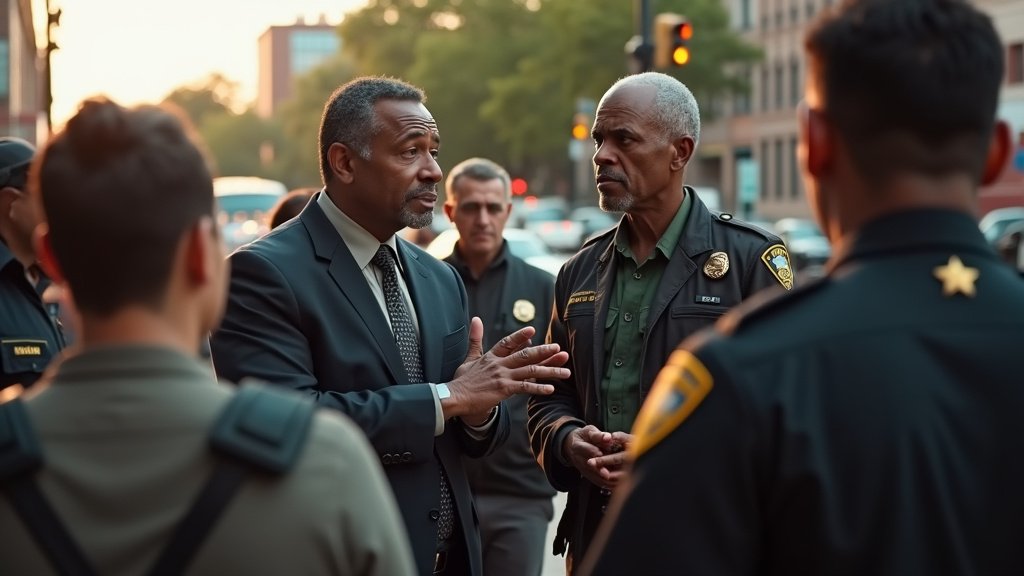Military Mobilization: A Shift in Border Operations
The Trump administration has significantly expanded the role of the U.S. military in border security operations, triggering a notable shift in the federal government’s approach to immigration enforcement. Operating under an emergency declaration, the military is now deeply integrated with civilian immigration authorities along the southern U.S. border. This increased involvement has led to a dramatic surge in troop deployments.
Tripling of Troop Presence and Multi-Service Involvement
Troop deployments have tripled in response to the administration’s directive, signaling a heightened presence of military personnel. This mobilization involves every branch of the military, highlighting the breadth and scope of the operation. While the exact number of deployed soldiers isn’t specified in the source material, the fact that every branch is engaged underscores the seriousness of the mission as perceived by the government.
Shared Command and Apprehensions
The military’s role extends beyond a simple presence. U.S. troops are actively working with civilian agencies, including sharing command stations and vehicles. This collaborative effort aims to create a unified front in the border security endeavor. Furthermore, military personnel are directly involved in apprehending individuals. This includes both immigrants attempting to cross the border illegally and others accused of trespassing on federal land. The scope of the military’s authority has been expanded, with troops now authorized to pursue additional criminal charges, further solidifying their role in law enforcement.
Strategic Command and Technological Advancements
The entire military mission is being directed from a newly established command center located at a remote Army intelligence training base. This central hub coordinates the efforts of various military units and provides strategic direction for the overall operation. In addition to boots on the ground, the military is employing advanced technologies to enhance its surveillance and patrol capabilities. These technological assets include Stryker vehicles, offering enhanced mobility and protection, and drones, which provide aerial surveillance. These technological tools allow for a more comprehensive monitoring of the border region.
Apprehensions Decline Amidst Increased Military Presence
Interestingly, while the military presence at the border is growing, the rate of apprehensions has fallen. The rate of those apprehended at the border has declined to a 60-year low. This statistic raises complex questions about the effectiveness of the current approach and the underlying factors contributing to the decrease in attempted crossings. The reasons behind this decline are not specified, and could be attributed to a multitude of factors, not just the military presence.
Immigration Operations Boost: Guarding Federal Buildings and Supporting ICE
The Trump administration is also using the military to bolster its immigration operations in other ways. Troops are now tasked with guarding federal buildings, which aims to enhance security and deter potential threats. In addition, the military is providing assistance to Immigration and Customs Enforcement (ICE), which is directly involved in immigration enforcement operations. This multifaceted approach underscores the administration’s commitment to strengthening border security and enforcing immigration laws. The direct involvement of the military in supporting ICE reflects a broad effort to create a cohesive and effective system. This further highlights the military’s increasingly active role in areas previously handled solely by civilian agencies.
Broader Implications and Future Trajectory
The expanded role of the military in border security raises important questions about the balance of power between military and civilian authorities, as well as the long-term implications for immigration enforcement. This represents a significant shift in the landscape of U.S. border operations. The future trajectory of this integrated approach will likely depend on several factors, including the political climate, the evolving nature of border threats, and the effectiveness of the military’s contributions.






